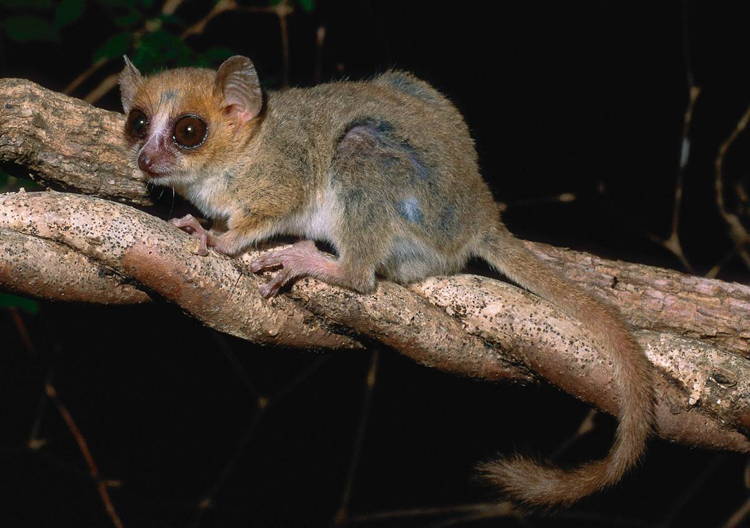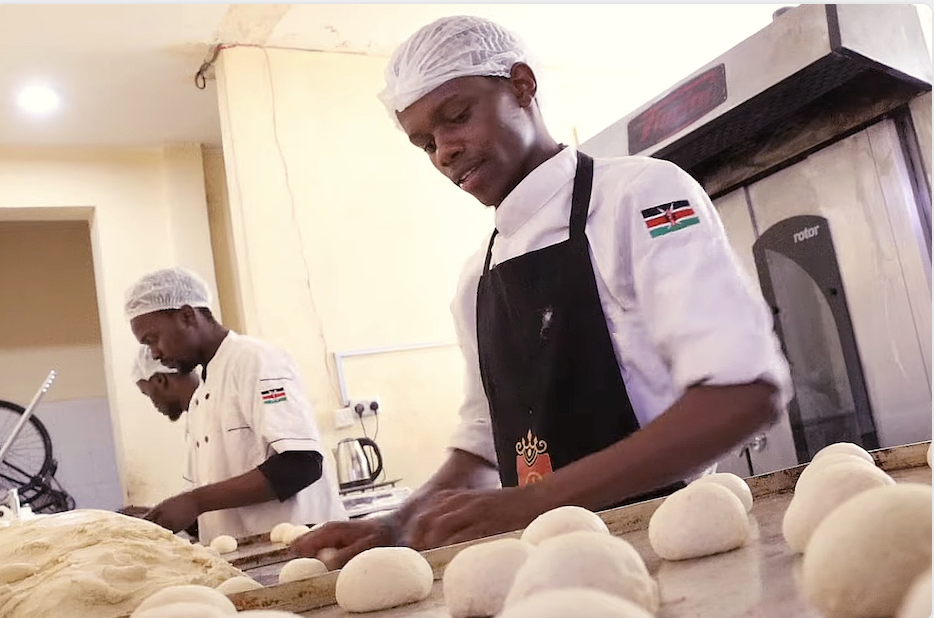
Deforestation has Madagascar’s mouse lemur on the brink of extinction
As a shocked world watches fires ravage the Amazon, slash-and-burn farmers are wreaking proportionally worse destruction half a world away in Madagascar, driving humanity’s smallest relative – the Madame Berthe’s mouse lemur – to extinction.

Frustrated conservationists hope Friday’s arrival of the environmentally-conscious Pope Francis will bring attention to the island that lost 2% of its primary rainforest last year, the highest of any tropical nation according to the World Resources Institute.
“He should say that this forest is God’s creation. He gave it to us and for our own benefit,” said Anselme Toto Volahy, researcher from Durrell Wildlife Conservation Trust.
“If we don’t manage it well, we will destroy ourselves.”
The Kirindy forest, on the west of the island, spans 100,000 hectares (245,000 acres) but has lost almost half its size in two decades. Wastelands of blackened stumps are broken only by scorched trunks and twisted boughs of baobab trees resistant to fires.
Kirindy is home to a multitude of rare species, including the tiny Madame Berthe’s mouse lemur, the world’s smallest primate, which only exists there. Bug-eyed and weighing just 35 grams (1.25 ounces), the lemur’s habitat may be completely destroyed in three years, said Volahy, though the animal might go sooner.
Matthias Markolf, a lemur specialist at the German Primate Centre in Kirindy, has not spotted it for two years.
“We do not find Berthe in places that we used to find it before,” he said. “It might go extinct in the next couple of years if deforestation continues.”
With more than 80% of its species native, Madagascar has more unique plants and animals than the rest of Africa together.
Satellite data shows Kirindy lost 4% of its area in the last two years, said Volahy, pacing through a clearing scattered with singed maize husks and giant snail shells bleached white by the blaze.
But as well as farmers’ fires, the island is facing increasingly powerful storms and extended droughts at the sharp edge of global climate change.
When a 2016 harvest failed in the south, thousands of farmers migrated to the west – to Kirindy – accelerating the forest’s destruction.
Unscrupulous businessmen linked to local politicians pay around 50,000 ariary ($13.40) for every hectare of forest cleared, say village elders. It is backbreaking labour, but there is no shortage of workers in a nation where 90 percent of people survive on less than $2 per day.
“We had to eat cactus and mango, from the morning to the evening,” said 24-year-old Sonlinde Nathaly, recalling the drought that drove her and others from the south in a migration wave that coincided with a massive spike in deforestation.
After trees are felled, the area is torched to clear land for maize. Middlemen take the crops to big cities, where the kernels become untraceable, potentially entering the supply chain for big companies.






